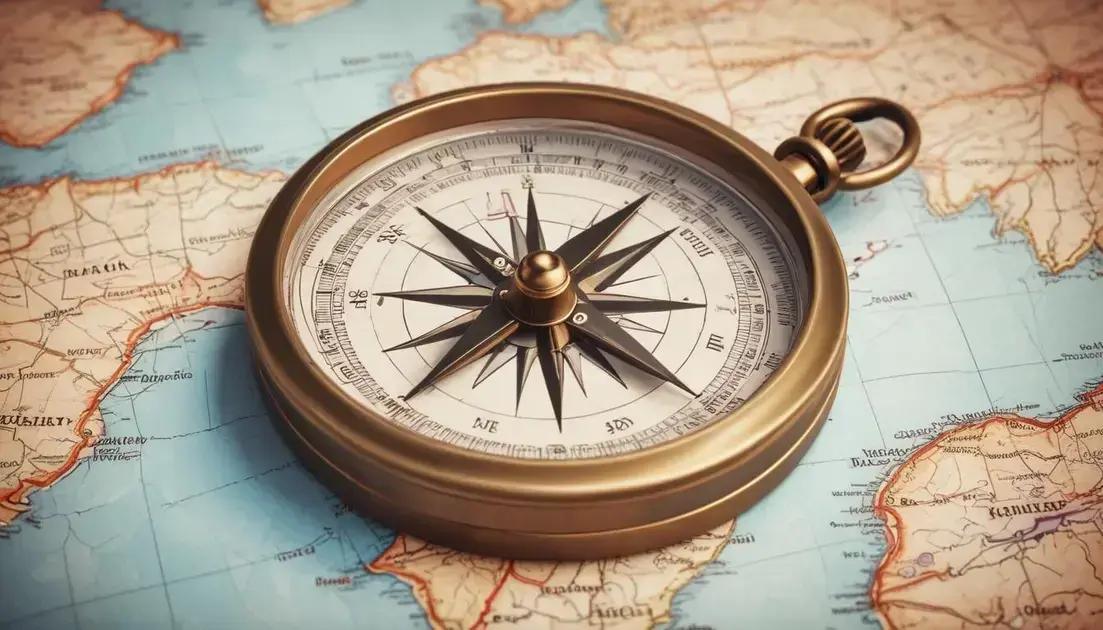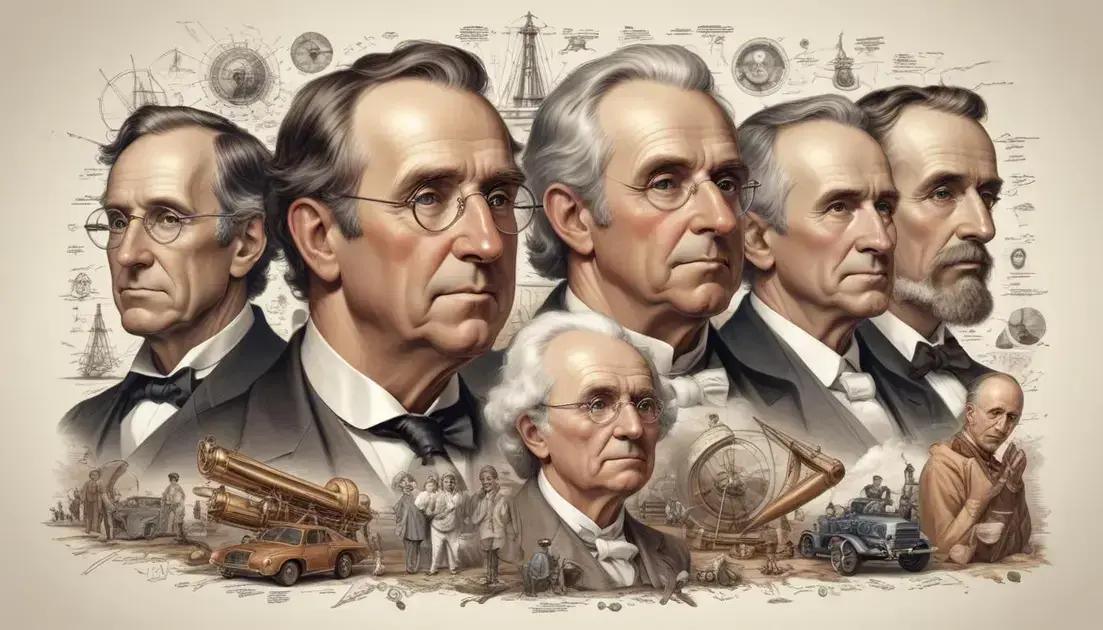
Compass: Navigating with Magnetism
The compass is a crucial navigation tool that has transformed exploration since its invention. Historically significant for maritime and land travel, it helps users determine direction using a magnetic needle aligned with the Earth’s magnetic field. Modern uses of the compass extend to outdoor activities, aviation, and technology, ensuring that adventurers and professionals can navigate confidently. Understanding how the compass works provides valuable skills for anyone who seeks to explore the world.
Have you ever wondered how sailors found their way across the vast oceans? The answer lies in the Compass. This simple yet brilliant invention transformed navigation and opened up new frontiers for explorers.
The History of the Compass
The history of the compass is a fascinating tale that dates back centuries. Originally invented in China during the Han Dynasty, the compass used a magnetic needle to indicate direction. This simple tool started as a fortune-telling device. However, it quickly became essential for navigation.
By the 11th century, the compass made its way to the Islamic world. Sailors began to use it for maritime navigation. This innovation helped them travel vast oceans with confidence. Imagine how much easier it was for explorers like Zheng He and Marco Polo!
In Europe, the compass gained popularity during the Age of Exploration. It enabled explorers to find new trade routes and territories. With the compass in hand, ships could navigate beyond sight of land. This opened up new possibilities for trade and discovery.
As technology advanced, so did the compass. The design evolved, leading to the modern navigational tools we have today. Today’s compasses are more accurate and reliable. They remain essential for outdoor activities, from hiking to sailing.
The compass not only changed navigation but also shaped world history. It played a crucial role in trade, exploration, and cultural exchange. Understanding its rich history highlights how a simple tool can influence our world.
How the Compass Works
The compass works by using a small magnetic needle that aligns itself with the Earth’s magnetic field. This needle is usually balanced on a pivot point so it can move freely. When you hold a compass flat, the needle points toward magnetic north.
Understanding how a compass works is simple. The Earth acts like a giant magnet. It has a magnetic north pole and a magnetic south pole. The compass needle is attracted to the magnetic north pole.
Besides showing direction, modern compasses also have other helpful features. Many have a rotating bezel that helps you find your bearings. This feature is especially useful when navigating in the wilderness.
Some compasses use additional technology, like GPS. However, a traditional compass doesn’t rely on batteries or signals. This makes it very reliable. It works in any weather and never needs to be charged.
Knowing how to read a compass is an essential skill for adventurers. It helps you stay oriented and guides your journeys. So, whether you’re hiking, sailing, or just exploring, knowing how the compass works keeps you on track!
Impact on Navigation and Exploration
The compass has had a huge impact on navigation and exploration throughout history. Before its invention, sailors relied on the stars, sun, and landmarks to find their way. This made long journeys risky and uncertain.
With the compass, sailors could travel confidently across vast oceans. This device led to major discoveries and trade routes. Explorers like Columbus and Vasco da Gama used the compass to navigate unknown waters.
Beyond oceans, the compass also changed land exploration. Adventurers, surveyors, and military leaders depended on it for accurate maps and paths. Roads, railways, and cities grew thanks to the information gained from using the compass.
The compass’s reliability allowed for longer and safer voyages. This opened new lands for trade and cultural exchange. Countries expanded their territories and influence, shaping the world as we know it.
Even today, the compass remains an essential tool for navigation. Whether in hiking, sailing, or even in mobile apps, it continues to guide people on their journeys. Its impact is visible in every corner of the globe, proving how vital it is for exploration.
Modern Uses of the Compass
The compass is not just a tool for explorers anymore. Today, it’s used in various modern settings. Hikers, campers, and outdoor enthusiasts still rely on it for navigation. A compass is easy to use and doesn’t need batteries.
In addition to outdoor activities, compasses are found in aviation and marine navigation. Pilots and sailors trust compasses to help them find their way, even during tough weather. It works well with other devices, like GPS, to provide accurate direction.
Smartphones today often include compass apps. These apps use digital compasses to show direction. People can easily access maps and find their way in unfamiliar places. However, knowing how to use a traditional compass remains an important skill.
Surveyors also use compasses for land measurements. They help create accurate maps for construction and development projects. This ensures building sites are well-planned and safe.
Even in technology, concepts from compasses are significant. For example, compasses are used in robotics for orientation. Understanding where you are and where you’re going is crucial in many fields.
Conclusion
In conclusion, the compass has played a vital role in shaping how we navigate and explore. From its ancient origins to modern uses, this simple tool remains essential for adventurers and professionals alike. It has helped countless explorers discover new lands, trade routes, and opportunities.
Today, we see how the compass is used in outdoor activities, aviation, and even in our smartphones. Its importance in navigation and mapping continues to grow, blending tradition with technology. Knowing how to use a compass is still a valuable skill, ensuring we can find our way in any situation.
Ultimately, the compass is more than just a tool; it represents our drive to explore and understand the world around us. As long as we seek adventure, the compass will always guide us on our journeys.


